I’ve been trying a new hobby recently – water bath canning! Home canning is a rewarding way to preserve fresh food at its peak so that you and your family can enjoy homegrown produce year-round. Whether you’re looking to can jams, vegetables, or sauces, having the right supplies is crucial for both safety and success. Here’s a comprehensive guide to home canning essentials – including all the tools you will need! (I’ve included links to where you can buy these on Amazon, but try to source them secondhand before you buy them new.)
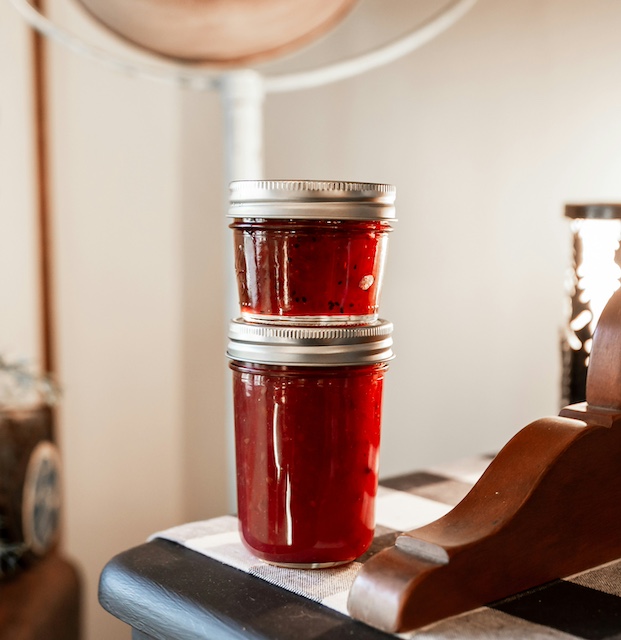
1. Canning jars
Canning jars (aka mason jars) are specifically designed for preserving food. They come in various sizes, typically ranging from pint to quart jars (affiliate link). The size you choose will depend on what you are canning—smaller jars are great for jams and jellies, while larger jars are better for fruits and vegetables. Ensure the jars are free from nicks or cracks to guarantee a safe seal! You can often find mason jars at yard sales, thrift stores, or even Facebook marketplace.
2. Lids and bands
Jars need lids and bands to create a secure seal. Lids are typically metal with a rubber-like sealing compound around the edge and can only be used once for canning. Bands, or screw rings, hold the lids in place during the canning process and can be reused if they remain rust-free and in good shape. You can often buy lids and bands together (affiliate link).
3. Water bath canner
A large pot is essential for the canning process. Water bath canners are commonly used for high-acid foods like fruits, tomatoes, pickles, jams, and jellies (affiliate link). These pots are generally made of enamel-coated steel with a rack inside to keep jars off the bottom. If you don’t have a water bath canner, a large pot will often do the trick as well.
4. Jar lifter and magnetic lid lifter
A jar lifter is crucial for safely placing jars into hot water and removing them after processing (affiliate link). It’s designed to grip the jars securely and help you avoid burns or spills. It is also helpful to have a magnetic lid lifter which helps you apply the lid to the jar (affiliate link).
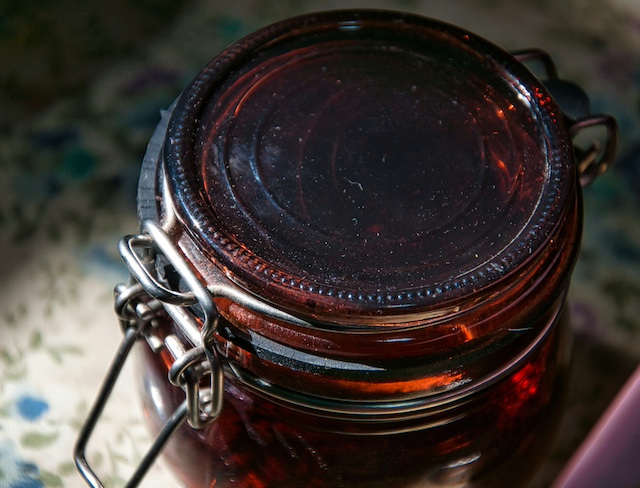
5. Funnel and ladles
A funnel is a time-saver and mess-reducer, making it easy to fill jars without spilling (affiliate link). This is particularly useful when working with liquids like sauces or syrups. You can also use funnels for other uses around the kitchen, so it is a great essential to have around. A ladle is necessary for transferring your prepared food into the canning jars too. Opt for one with a good pouring lip to minimize mess.
6. Bubble remover and head space tool
This dual purpose tool is used to remove air bubbles from the jar before sealing as well as measure the headspace (affiliate link). Removing air bubbles is important as they can affect the preservation process, the seal of the jar, and the quality of the food. The tool also helps measure the headspace (the gap between the top of the food and the jar’s lid) which is vital for ensuring a proper seal too.
7. Labels and permanent markers
Once your jars have cooled and been tested for proper sealing, it is important to label them with the contents and date of canning. This helps you keep track of what you have and ensures you use older items first. A great way to prevent against food waste!
8. Towels and/or rags
Having plenty of clean cloths and towels on hand is important. You’ll need them for wiping jar rims clean before sealing, handling hot jars, and cleaning up spills. In addition, you can set your jars on towels when they need to rest/seal for 24 hours.
9. Canning recipes and/or cookbook
Especially important for beginners, a reliable canning guidebook and tested recipes ensure you follow safe and effective canning practices. This might be the most important of the home canning essentials… I purchased The Complete Book of Home Preserving from Thriftbooks, and it has SO many awesome recipes – I’d highly recommend it!
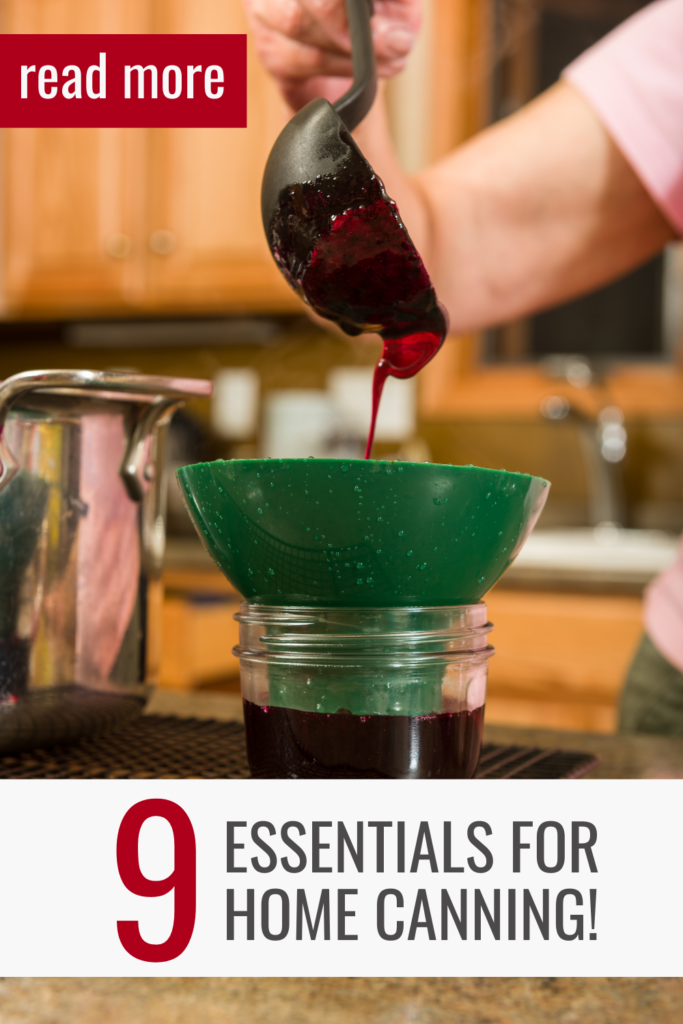
Home canning is a fantastic way to preserve food, but having the right tools is just the start. Hopefully this home canning essentials guide was helpful to you! Always prioritize safety by following up-to-date canning practices and consulting resources from trusted authorities like the National Center for Home Food Preservation. With the right equipment and a bit of practice, you’ll be well on your way to stocking your pantry with delicious, home-canned goods. Have you tried home canning yet??
Love,
Jenna ♥


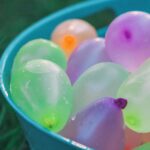

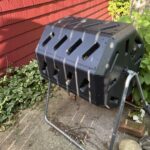
What a great new hobby! It sounds like you are having a lot of fun with this so far. This is such an informative post! <3